Home>Home Appliances>Kitchen Appliances>How To Dehydrate Fish In A Dehydrator
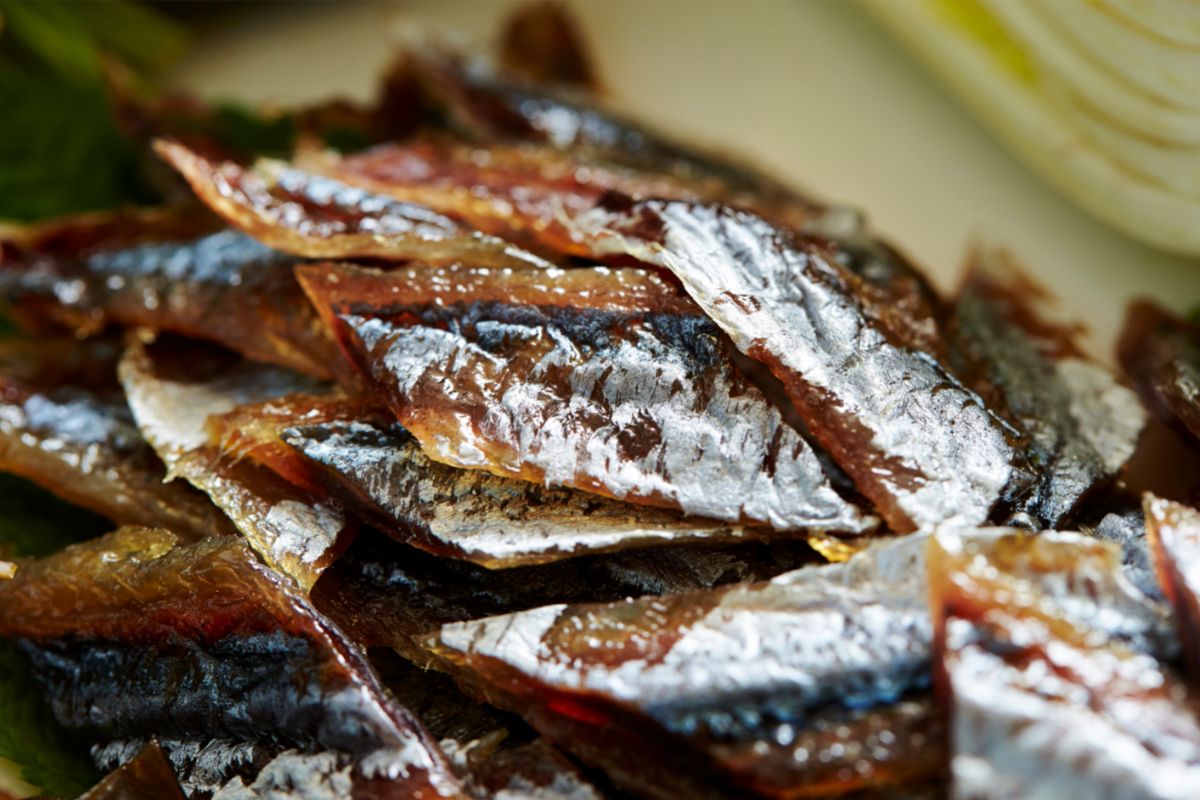

Kitchen Appliances
How To Dehydrate Fish In A Dehydrator
Published: January 6, 2024
Learn how to dehydrate fish in a dehydrator with our easy-to-follow guide. Discover the best kitchen appliances for dehydrating fish at home. Start preserving your catch today!
(Many of the links in this article redirect to a specific reviewed product. Your purchase of these products through affiliate links helps to generate commission for Storables.com, at no extra cost. Learn more)
Introduction
Welcome to the world of dehydrating fish! Whether you're an outdoor enthusiast, a health-conscious individual, or simply someone who loves experimenting with food, learning how to dehydrate fish in a dehydrator can open up a whole new realm of culinary possibilities. Dehydrating fish not only prolongs its shelf life but also creates a lightweight, nutrient-dense snack that is perfect for camping, hiking, or adding a flavorful punch to your meals.
In this comprehensive guide, we'll explore the step-by-step process of dehydrating fish in a dehydrator, from selecting the right type of fish to storing the dehydrated product. Additionally, we'll cover essential tips and techniques to ensure that your dehydrated fish turns out perfectly every time.
So, whether you're a seasoned dehydrating enthusiast or a newcomer to the world of food preservation, get ready to dive into the fascinating art of dehydrating fish and discover the incredible flavors and convenience it has to offer. Let's embark on this exciting culinary journey together!
Key Takeaways:
- Dehydrating fish in a dehydrator is a fun and practical way to create lightweight, flavorful snacks for outdoor adventures or adding a nutritious punch to meals. Experiment with different fish types and seasonings to find your perfect dehydrated fish snack!
- Properly preparing, dehydrating, and storing fish ensures a tasty and long-lasting snack. From cleaning and seasoning to monitoring the drying process, each step contributes to creating delicious dehydrated fish products.
Read more: How To Dehydrate Onions In A Dehydrator
Choosing the Right Fish
When it comes to dehydrating fish, selecting the right type of fish is crucial to achieving optimal results. Not all fish are created equal in terms of flavor, texture, and suitability for dehydration. Here are some key factors to consider when choosing the right fish for dehydrating:
- Oil Content: Opt for lean fish with low oil content, as oily fish can become rancid more quickly during the dehydration process. Good options include cod, haddock, tilapia, and flounder.
- Flavor Profile: Consider the flavor profile of the fish. Mild-tasting fish such as cod and tilapia are versatile and can easily absorb seasonings and marinades, while stronger-flavored fish like salmon and mackerel can provide a more intense taste after dehydration.
- Texture: Choose fish with a firm texture that will hold up well during dehydration. Delicate fish may become too brittle or crumbly, making them less suitable for dehydrating.
- Freshness: Always start with the freshest fish available. Whether you catch it yourself or purchase it from a reputable source, the quality of the fish will greatly impact the final product.
Ultimately, the best fish for dehydrating is one that aligns with your flavor preferences and dietary needs. Experimenting with different types of fish can lead to exciting culinary discoveries, so don’t be afraid to explore new varieties and find your personal favorites for dehydrating.
Preparing the Fish
Before you begin the dehydration process, proper preparation of the fish is essential to ensure safety and enhance the overall quality of the end product. Follow these steps to prepare the fish for dehydration:
- Cleaning and Filleting: Start by thoroughly cleaning the fish to remove any scales, entrails, and other impurities. Once cleaned, carefully fillet the fish, removing the skin and bones to create uniform pieces for dehydration.
- Brining (Optional): Consider brining the fish to enhance flavor and moisture retention. A simple brine solution of salt and water can help infuse the fish with additional flavor and ensure that it remains tender during the dehydration process.
- Seasoning: After brining (if desired) and patting the fish dry, season it with your preferred herbs, spices, or marinades. This step allows you to customize the flavor profile of the fish and create a delicious, personalized snack.
- Slicing: For efficient dehydration, slice the fish into uniform pieces of appropriate thickness. Thinner slices will dehydrate more quickly and evenly, while thicker slices may require extended drying time.
- Pre-Treatment (Optional): Some individuals prefer to pre-treat the fish by briefly blanching it in boiling water or marinating it before dehydration. These pre-treatment methods can help enhance the texture and flavor of the dehydrated fish.
By taking the time to properly prepare the fish, you can maximize its flavor, texture, and shelf life. Additionally, experimenting with different seasoning blends and preparation methods allows you to create a diverse range of dehydrated fish products tailored to your taste preferences.
Dehydrating the Fish
Dehydrating fish is a simple yet rewarding process that involves removing moisture to preserve the fish while intensifying its flavors. Here’s a step-by-step guide to dehydrating fish in a dehydrator:
- Arrange on Dehydrator Trays: Place the prepared fish pieces on the dehydrator trays in a single layer, ensuring that there is space between each piece for proper air circulation.
- Set the Temperature: Consult your dehydrator’s manual or guidelines to determine the recommended temperature for dehydrating fish. Typically, temperatures between 145°F and 155°F (63°C and 68°C) are suitable for safely dehydrating fish.
- Monitor the Drying Process: Depending on the thickness of the fish slices and the moisture content, the dehydration process can take several hours. Check the fish periodically to assess its progress and ensure that it is drying evenly.
- Rotate Trays (If Necessary): If your dehydrator has multiple trays, consider rotating them during the drying process to promote uniform dehydration. This step can help prevent certain areas from becoming overly dry while others remain moist.
- Test for Dryness: To determine if the fish is adequately dehydrated, perform a simple “bend test.” The fish should be pliable but not brittle, and no moisture should be visible when pressed between layers of paper towel.
- Cooling Period: Once the fish is fully dehydrated, allow it to cool to room temperature before packaging. This cooling period helps remove any residual heat and ensures that the fish is entirely dry before storage.
By following these steps, you can successfully dehydrate fish in a dehydrator, resulting in a lightweight, shelf-stable snack that retains its nutritional value and delicious taste. The dehydrated fish can be enjoyed on its own as a protein-packed snack or incorporated into various recipes to add a flavorful twist to your dishes.
When dehydrating fish in a dehydrator, make sure to cut the fish into uniform pieces to ensure even drying. Also, marinate the fish in a mixture of salt and seasonings before dehydrating to enhance the flavor.
Storing Dehydrated Fish
Proper storage is essential to maintain the quality and shelf life of dehydrated fish. Follow these guidelines to ensure that your dehydrated fish remains fresh and flavorful:
- Cooling and Conditioning: After the dehydrated fish has cooled to room temperature, it’s important to condition it for storage. Place the fish in airtight containers or resealable bags, filling them about two-thirds full to allow for air circulation.
- Remove Excess Air: To minimize the risk of moisture and oxidation, squeeze out as much air as possible from the storage containers or bags before sealing them. This step helps maintain the quality of the dehydrated fish over time.
- Labeling and Dating: Clearly label the storage containers or bags with the type of fish and the date of dehydration. Proper labeling allows you to keep track of the storage time and identify the contents easily.
- Store in a Cool, Dark Place: Place the sealed containers or bags of dehydrated fish in a cool, dark, and dry environment. Avoid exposure to direct sunlight, heat, or moisture, as these factors can compromise the quality of the dehydrated product.
- Monitor for Moisture: Periodically check the stored dehydrated fish for any signs of moisture or spoilage. If condensation or off-odors develop, it may indicate that the fish wasn’t adequately dehydrated or that moisture has entered the storage containers.
- Use within a Reasonable Timeframe: While properly dehydrated and stored fish can have a long shelf life, it’s best to consume it within a reasonable timeframe to enjoy the best quality and flavor. When stored correctly, dehydrated fish can remain viable for several months to a year.
By following these storage practices, you can prolong the shelf life of your dehydrated fish and ensure that it maintains its nutritional value and delicious taste. Whether you’re preparing for outdoor adventures or simply stocking your pantry with convenient, ready-to-eat snacks, properly stored dehydrated fish offers a versatile and flavorful food option.
Tips for Dehydrating Fish
Dehydrating fish can be a rewarding and enjoyable process, and incorporating the following tips can help you achieve exceptional results while enhancing the overall experience:
- Use Fresh Fish: Start with the freshest fish possible to ensure the best flavor and quality in the dehydrated end product.
- Uniform Slicing: Slice the fish into uniform pieces to promote even dehydration and prevent some pieces from becoming overly dry while others remain moist.
- Prevent Cross-Contamination: Clean and sanitize all equipment, surfaces, and utensils thoroughly to prevent cross-contamination and ensure food safety during the preparation and dehydration process.
- Consider Pre-Treatment: Experiment with pre-treating the fish through methods such as brining, blanching, or marinating to enhance flavor, texture, and moisture retention.
- Temperature Control: Maintain a consistent and appropriate dehydration temperature to ensure that the fish dries thoroughly without being subjected to excessive heat.
- Optimize Air Circulation: Arrange the fish pieces on the dehydrator trays with ample space between them to facilitate proper air circulation, which is essential for effective dehydration.
- Monitor Progress: Regularly check the fish during the dehydration process to assess its progress, ensure even drying, and prevent over-drying or under-drying.
- Customize Seasonings: Experiment with different seasoning blends, marinades, and flavor profiles to create a variety of dehydrated fish snacks tailored to your taste preferences.
- Storage Considerations: Properly label, package, and store the dehydrated fish in a cool, dark, and dry environment to maintain its quality and prolong its shelf life.
- Enjoy the Versatility: Embrace the versatility of dehydrated fish by incorporating it into recipes, using it as a standalone snack, or packing it for on-the-go adventures.
By implementing these tips, you can elevate your dehydrating experience, hone your skills in preserving fish, and enjoy the delicious and nutritious rewards of homemade dehydrated fish.
Conclusion
Congratulations on delving into the art of dehydrating fish in a dehydrator! By mastering the process of selecting, preparing, dehydrating, and storing fish, you’ve unlocked a world of culinary possibilities and practical food preservation techniques. Whether you’re an outdoor enthusiast seeking lightweight and nutritious snacks for your adventures, a health-conscious individual looking to incorporate more protein-rich options into your diet, or a culinary enthusiast eager to experiment with diverse flavors, dehydrated fish offers a versatile and flavorful solution.
As you continue to explore the realm of dehydrating fish, remember that the journey is just as enriching as the end product. Embrace the opportunity to experiment with different fish varieties, seasoning blends, and preparation methods to create personalized dehydrated fish snacks that cater to your unique preferences. The process of dehydrating fish not only extends the shelf life of this nutritious protein source but also intensifies its flavors, making it a convenient and delicious addition to your culinary repertoire.
Whether you’re enjoying dehydrated fish as a standalone snack, incorporating it into recipes, or sharing it with fellow food enthusiasts, the satisfaction of creating your own dehydrated fish products is unparalleled. So, embrace the creativity, savor the flavors, and relish the rewards of your newfound expertise in dehydrating fish. With each batch of dehydrated fish, you’re not just preserving food – you’re preserving experiences, flavors, and memories that enrich your culinary journey.
So, here’s to the exciting adventures and delicious discoveries that await as you continue to explore the world of dehydrating fish. Bon appétit and happy dehydrating!
Frequently Asked Questions about How To Dehydrate Fish In A Dehydrator
Was this page helpful?
At Storables.com, we guarantee accurate and reliable information. Our content, validated by Expert Board Contributors, is crafted following stringent Editorial Policies. We're committed to providing you with well-researched, expert-backed insights for all your informational needs.
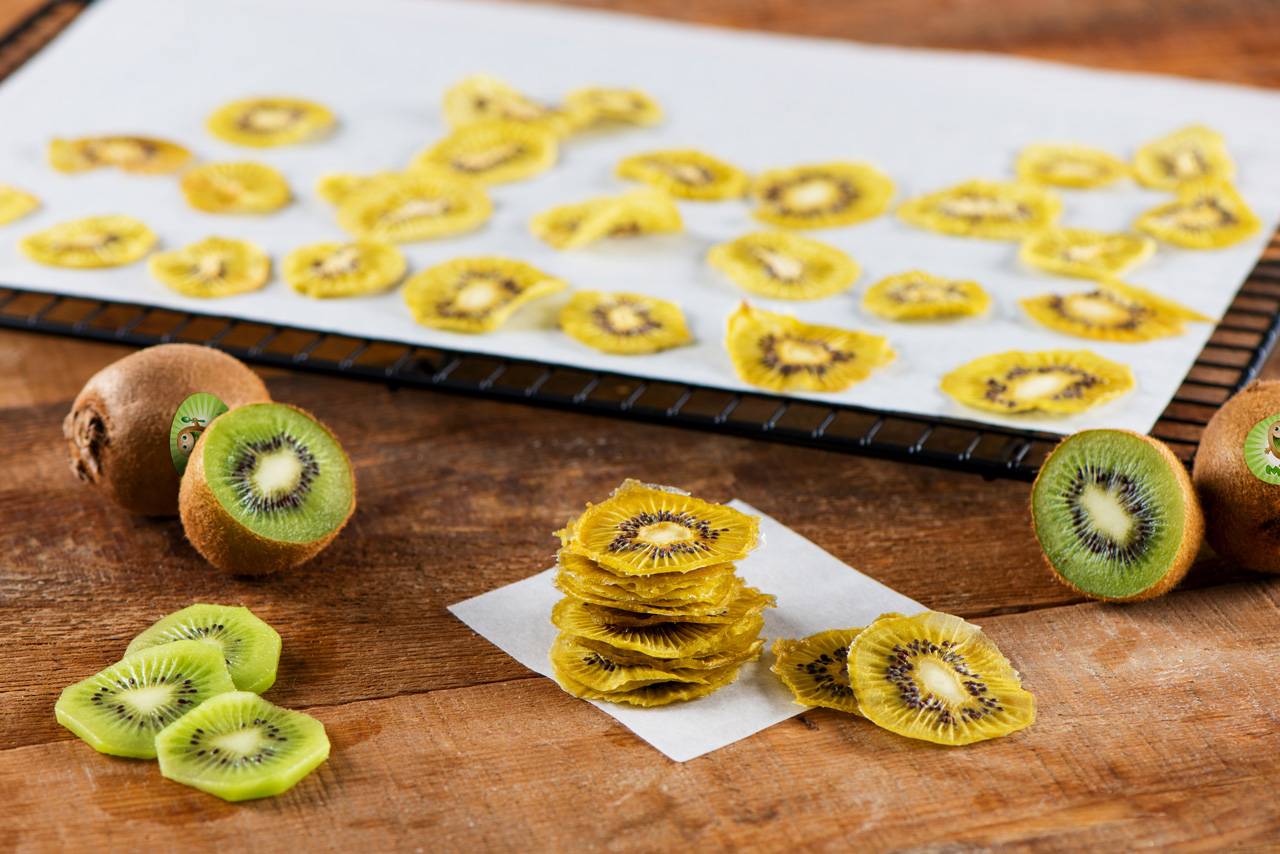
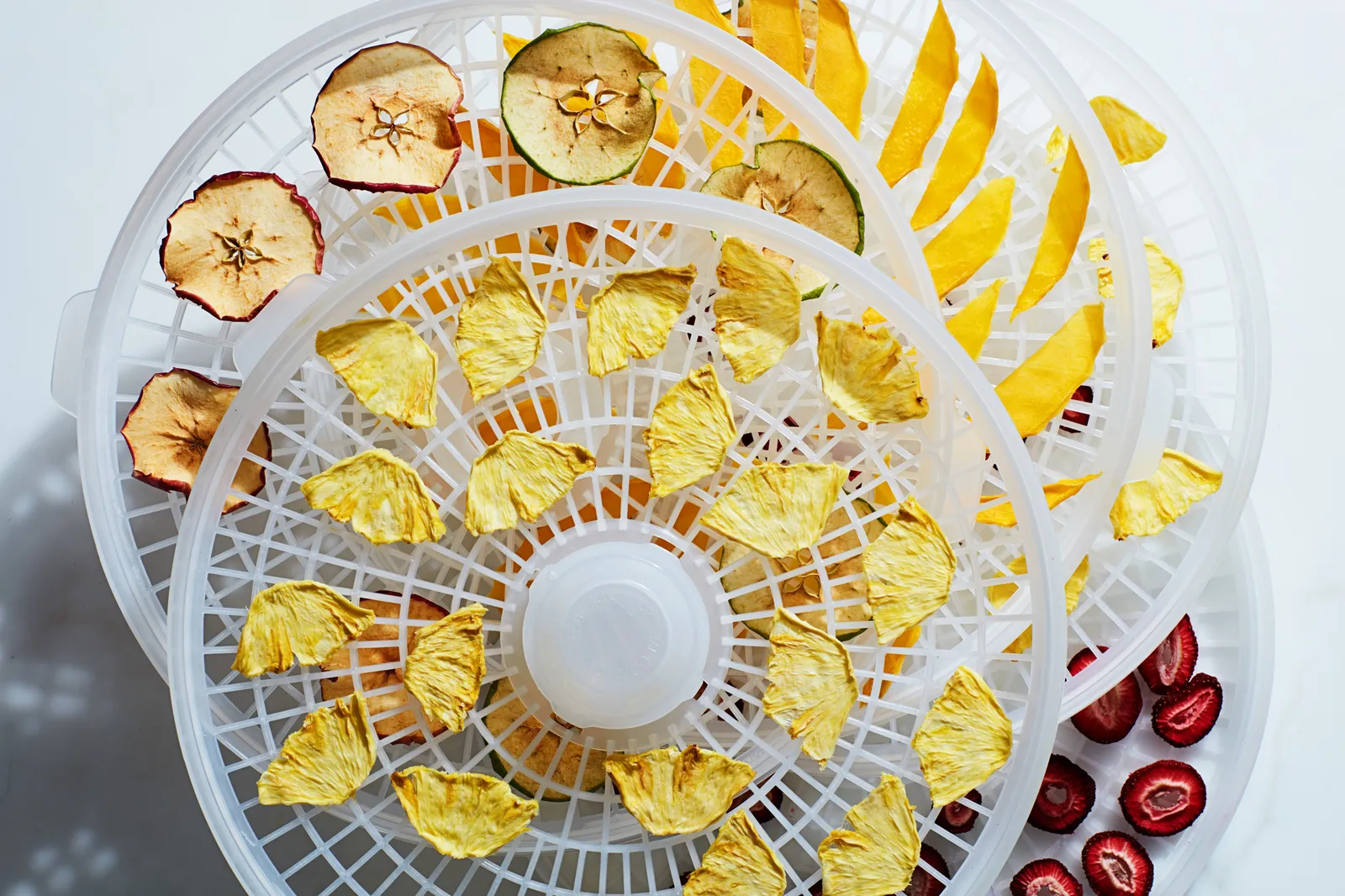
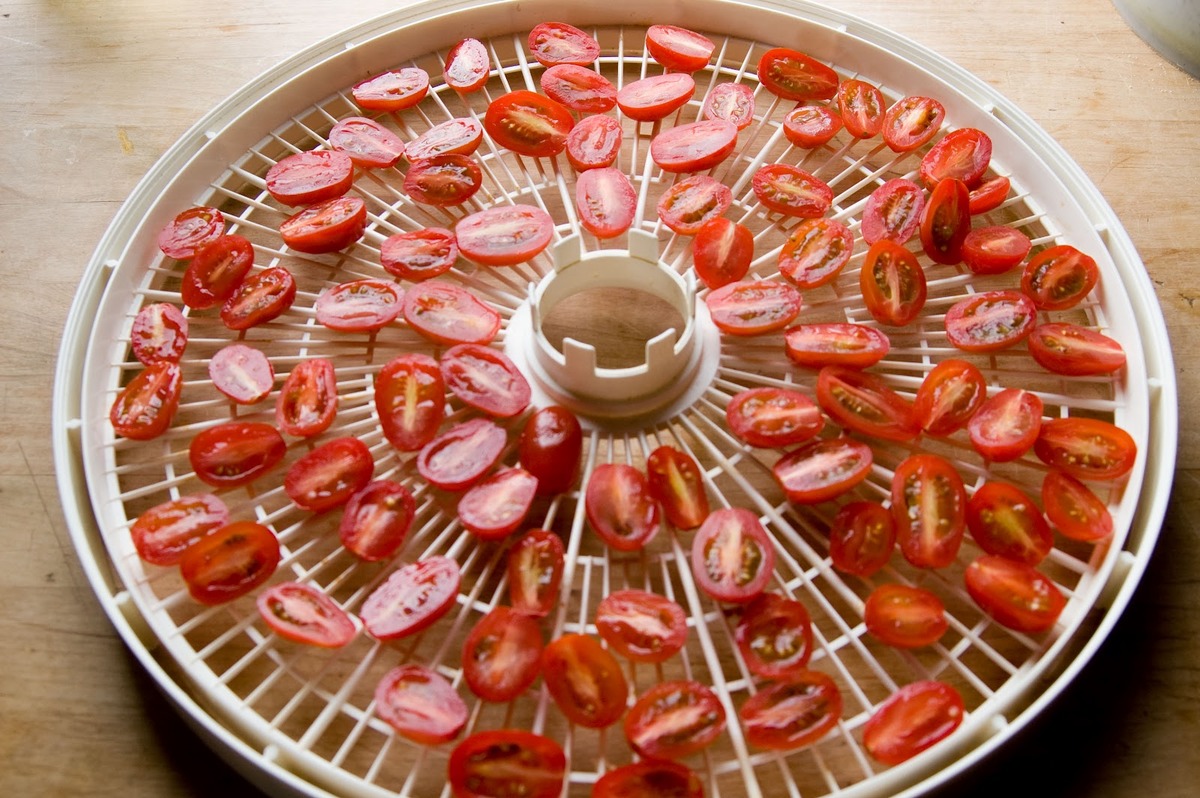
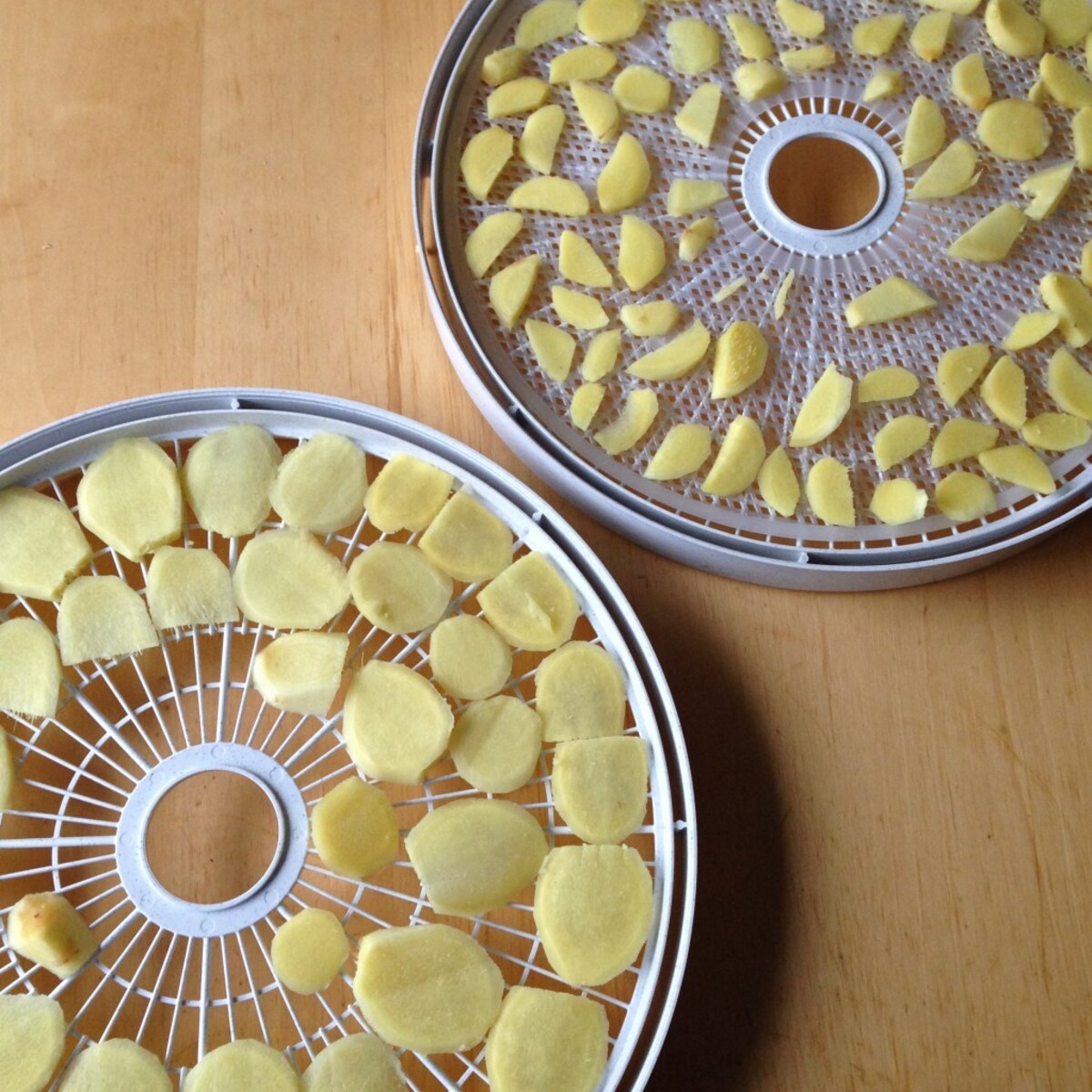
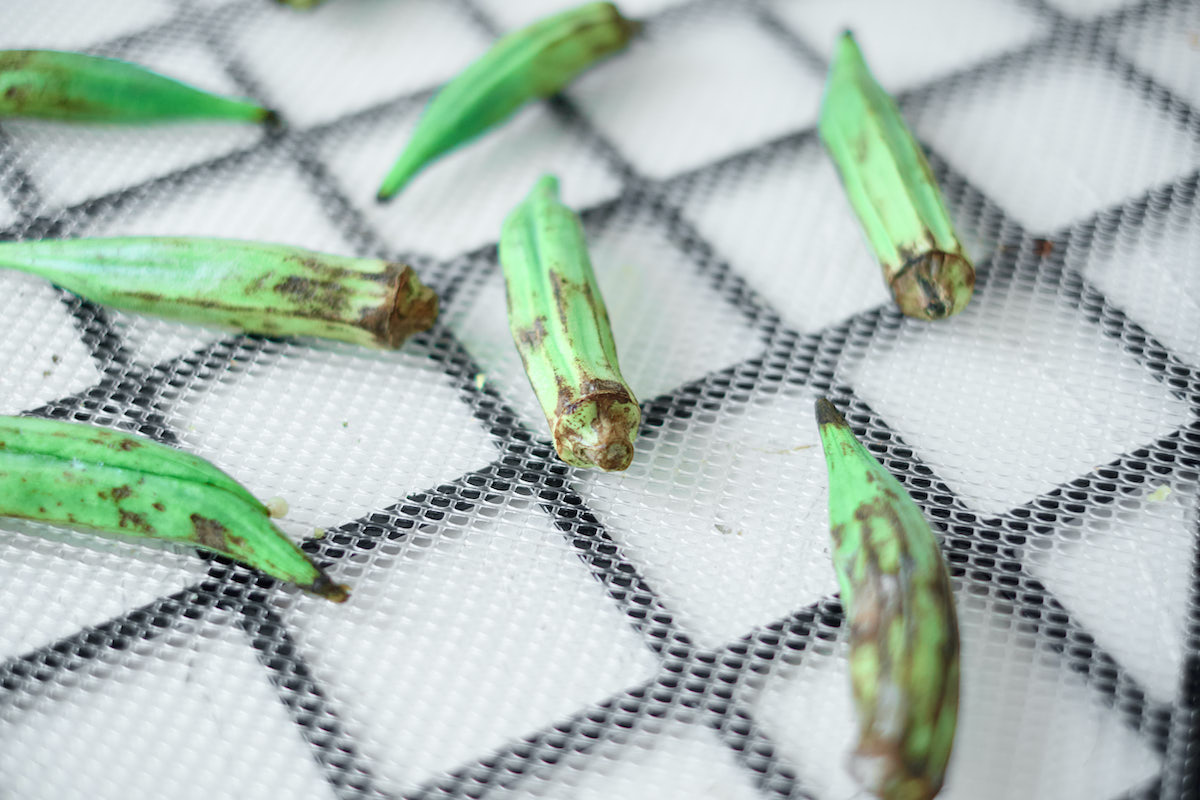
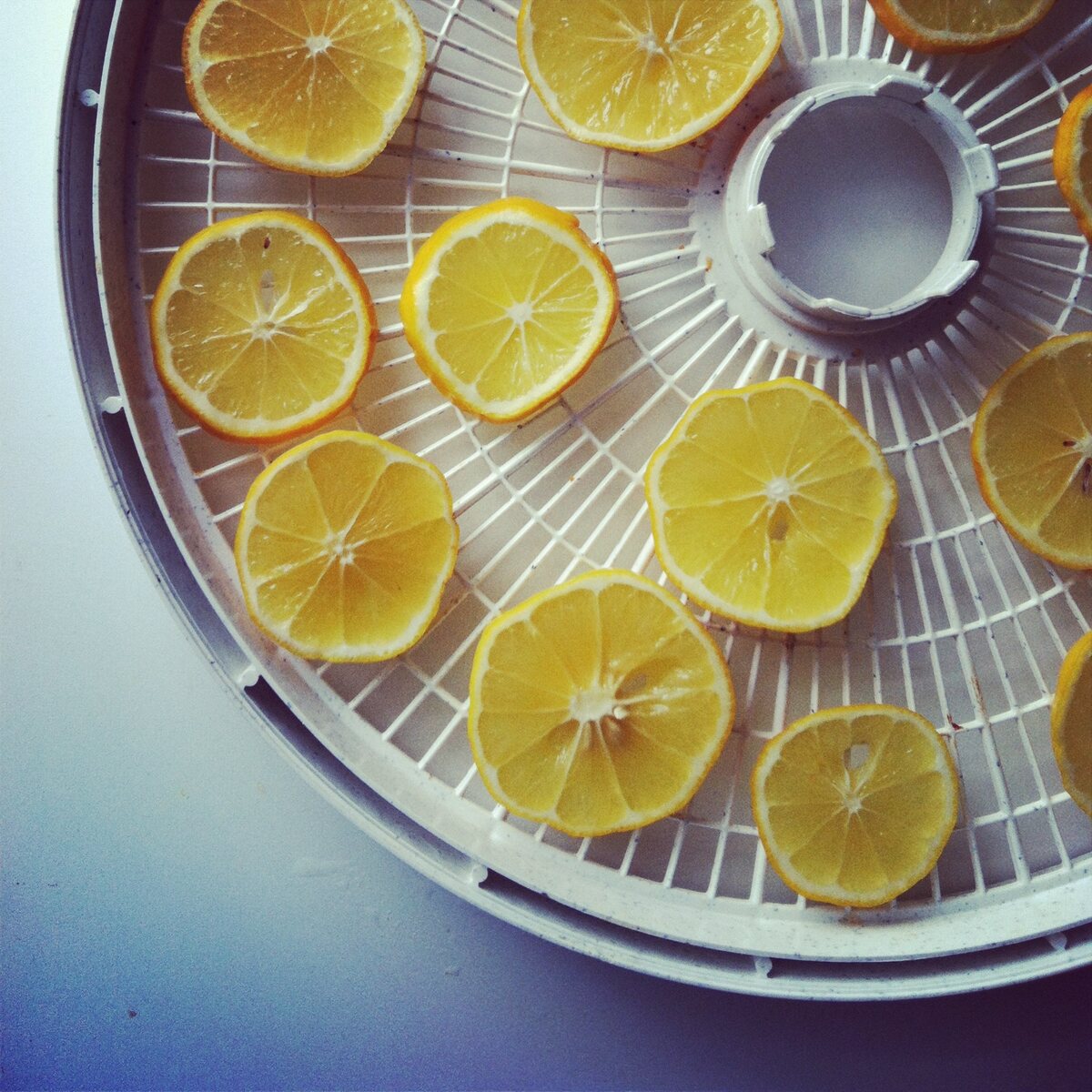
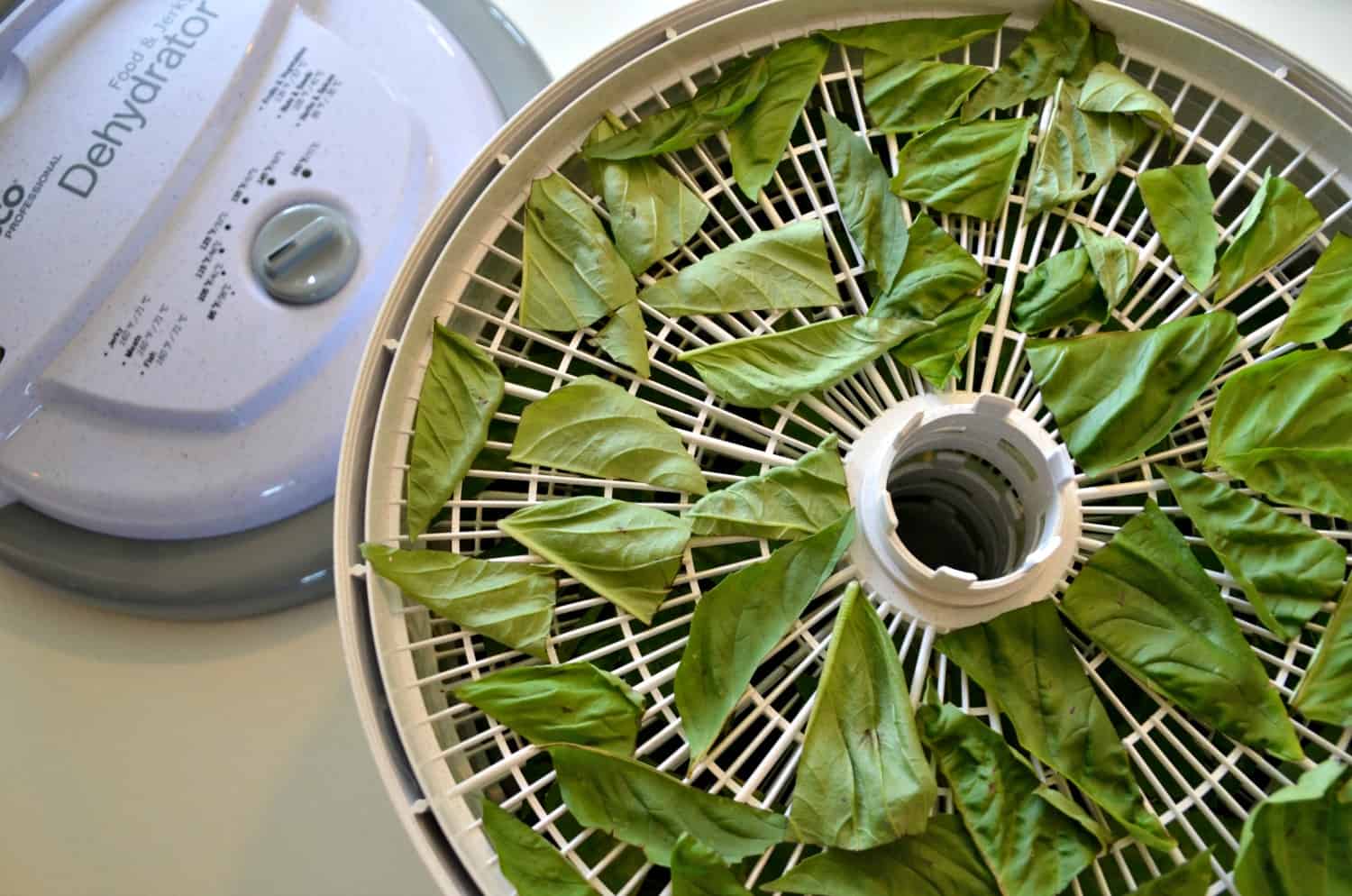

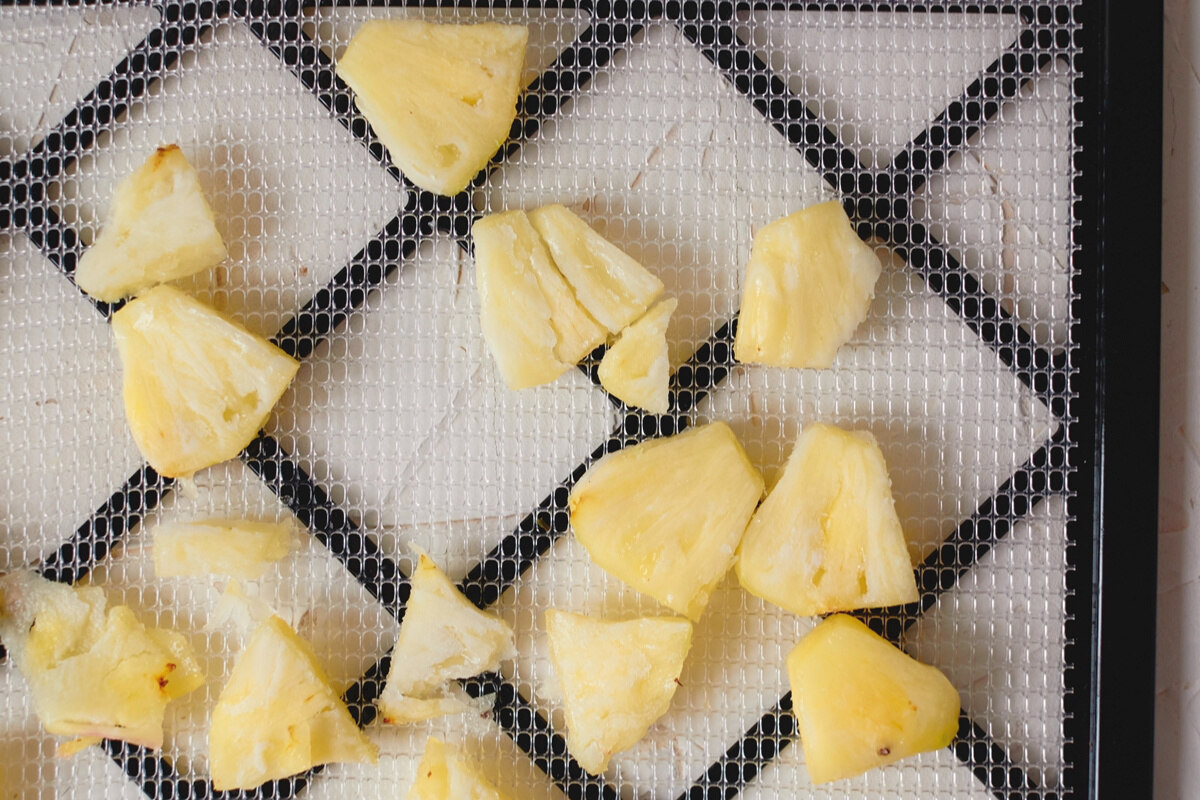

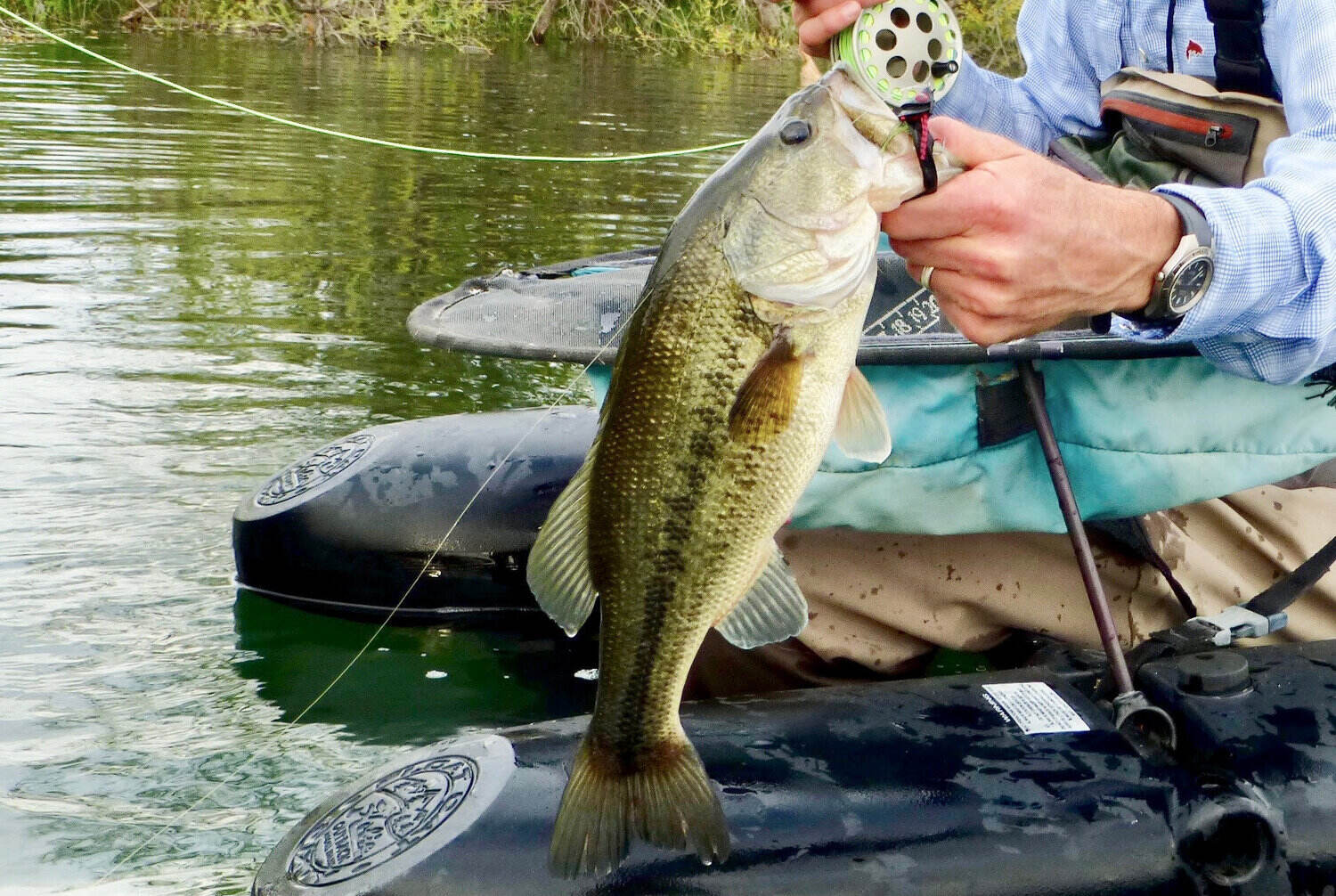
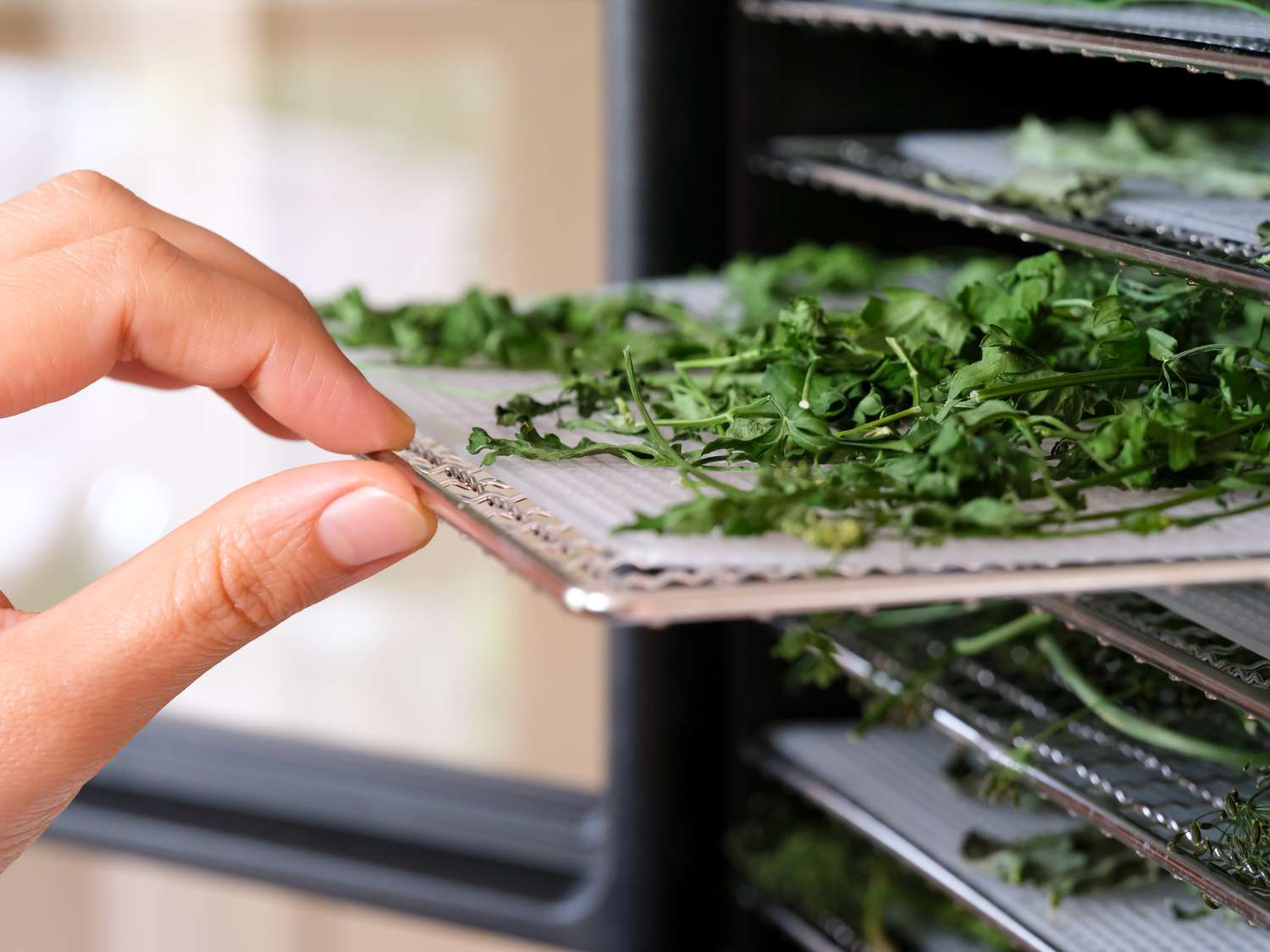
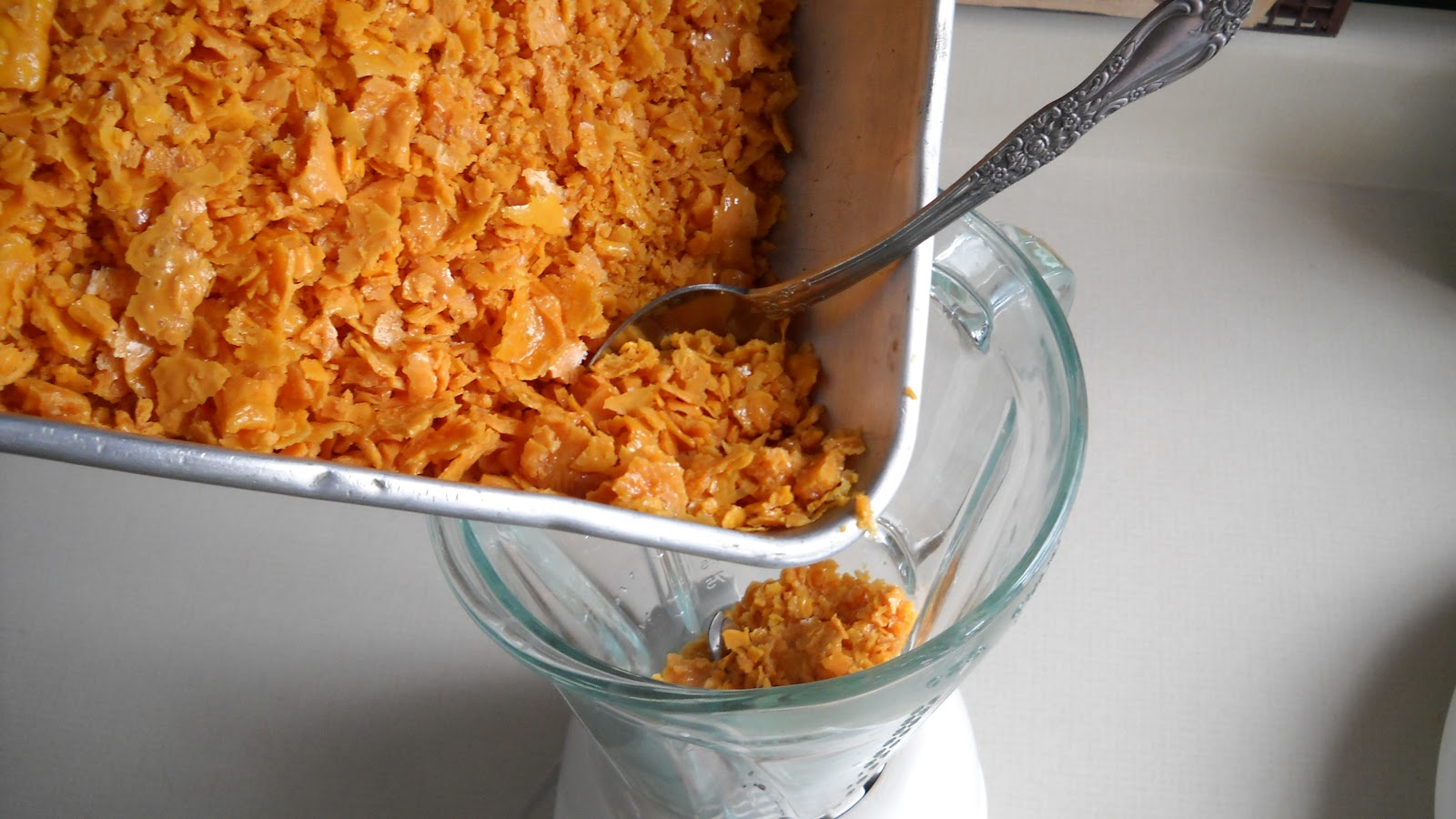
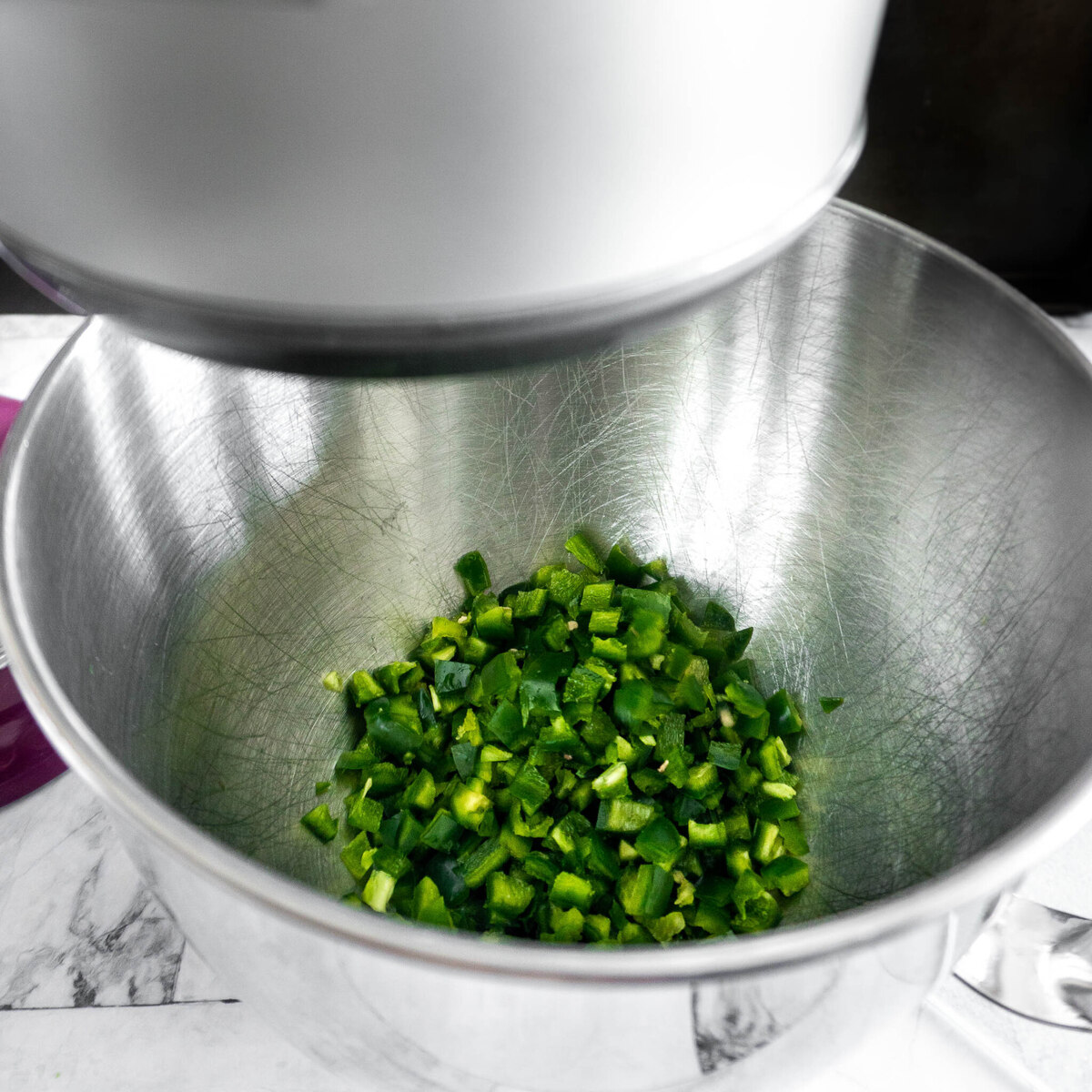

0 thoughts on “How To Dehydrate Fish In A Dehydrator”